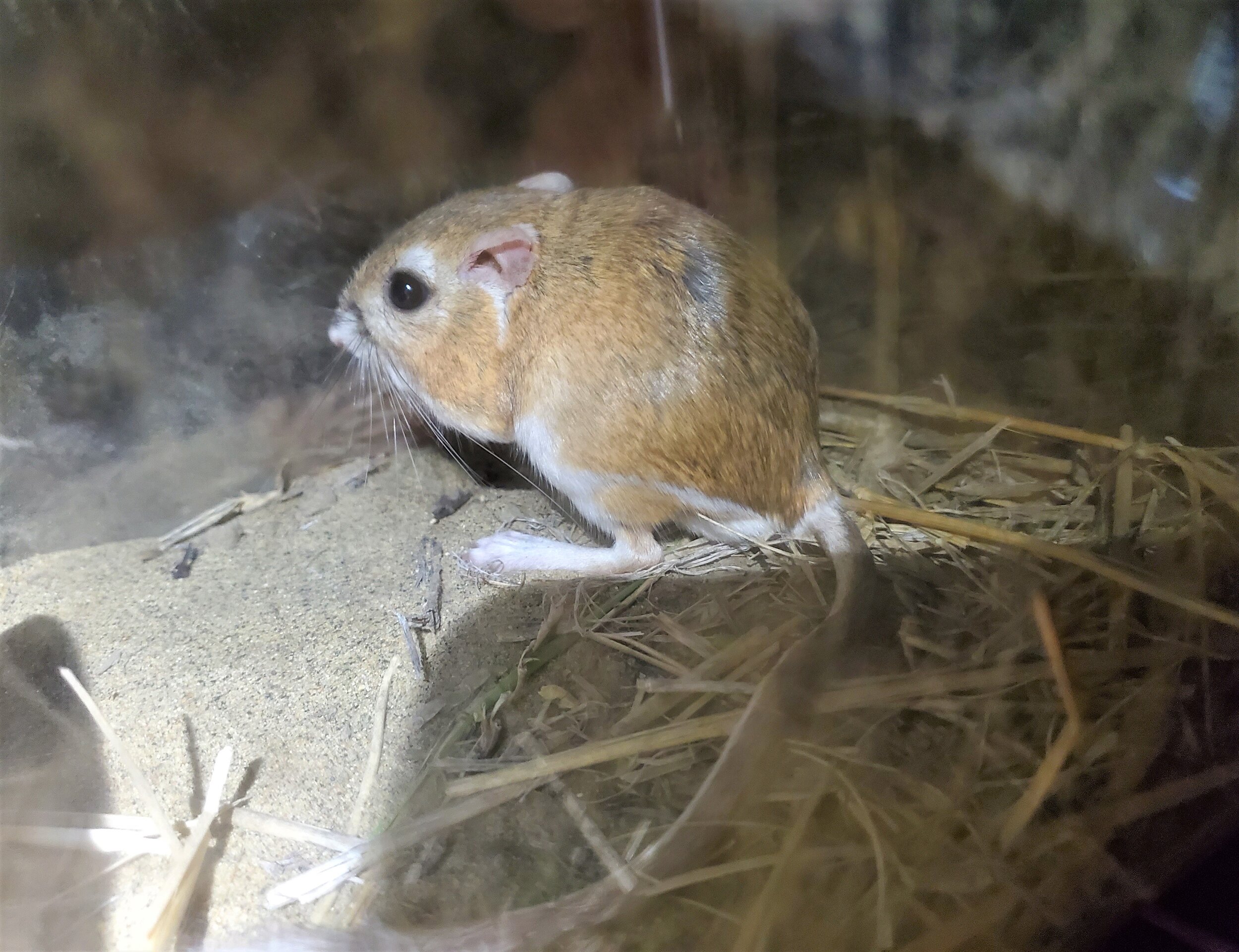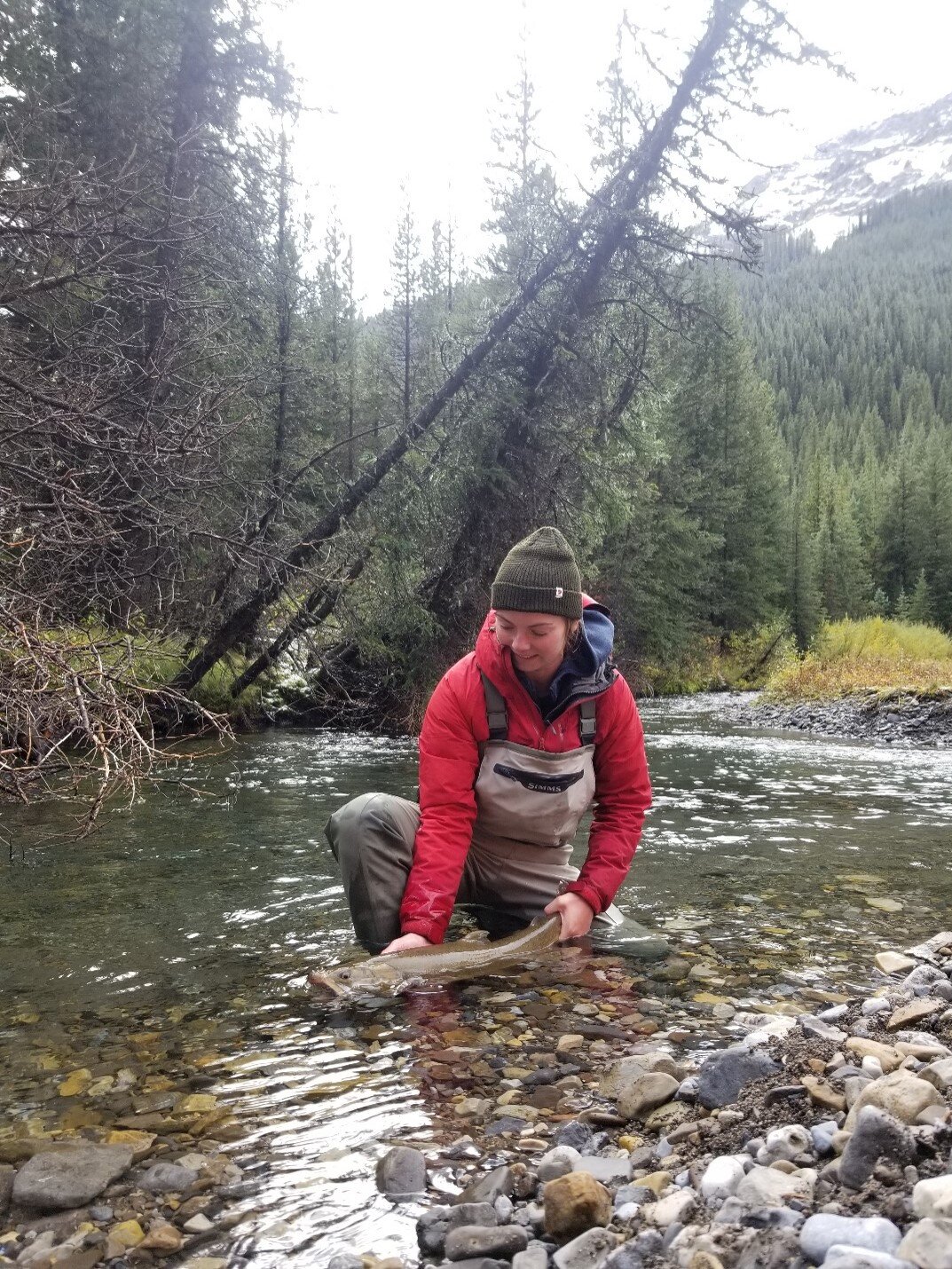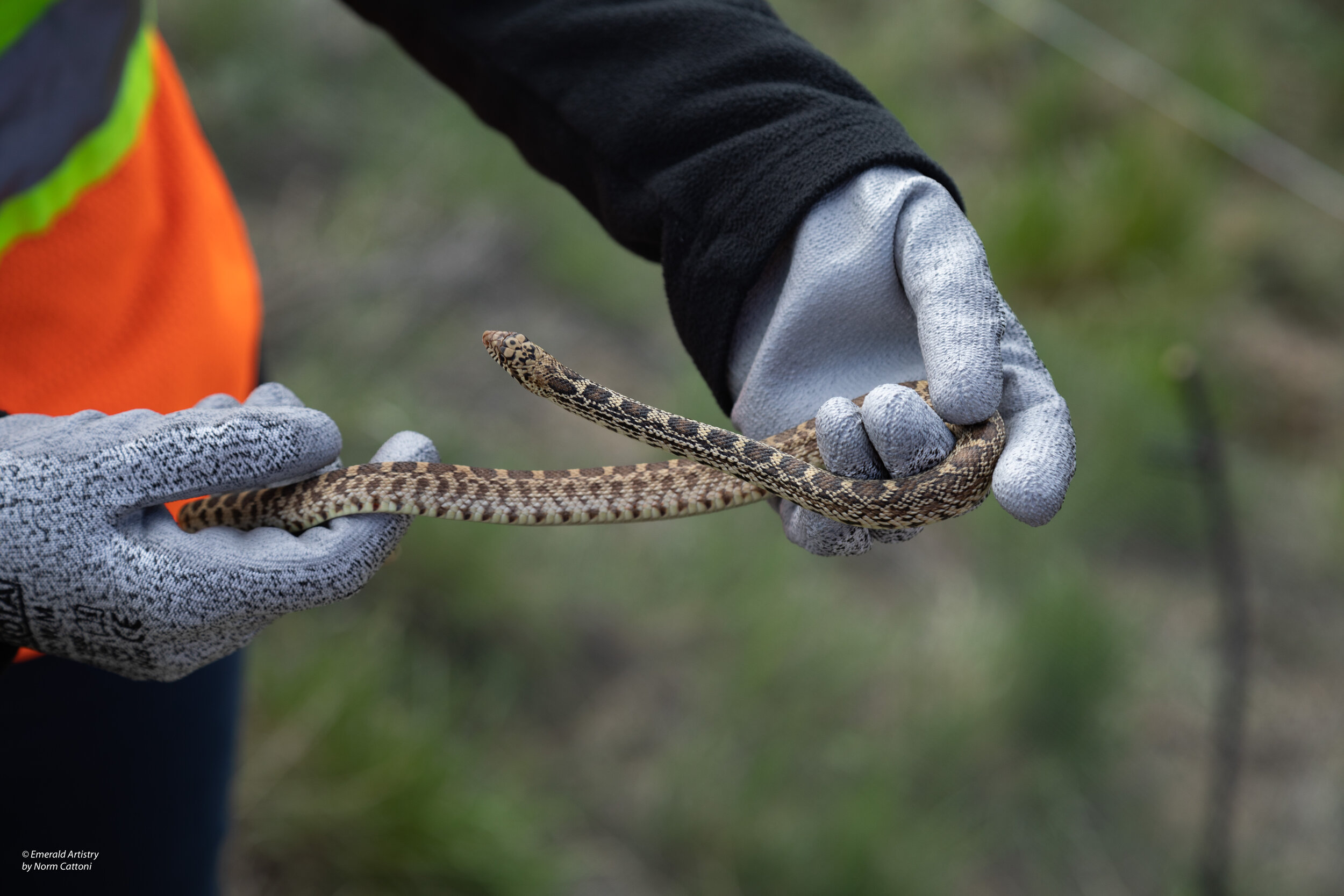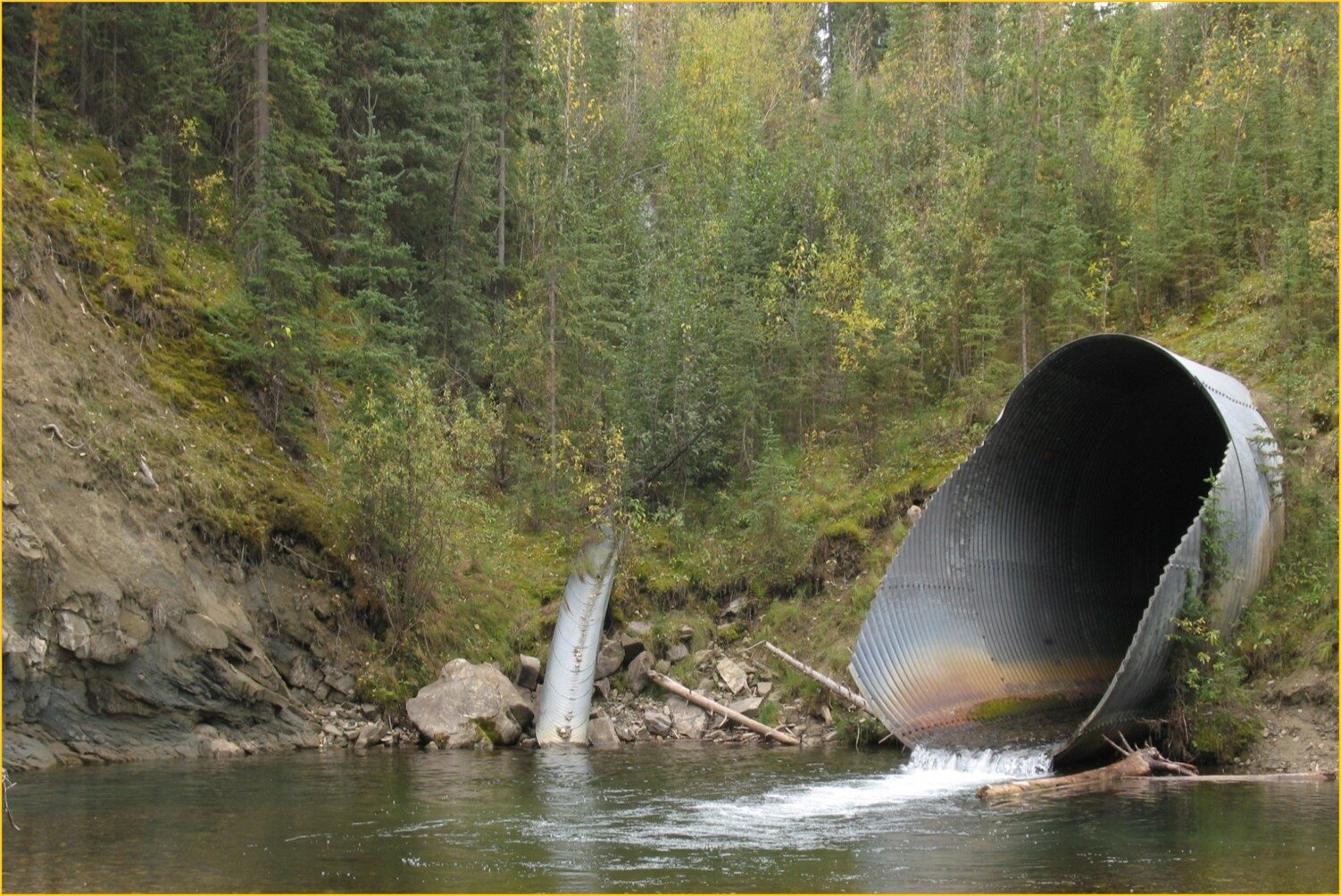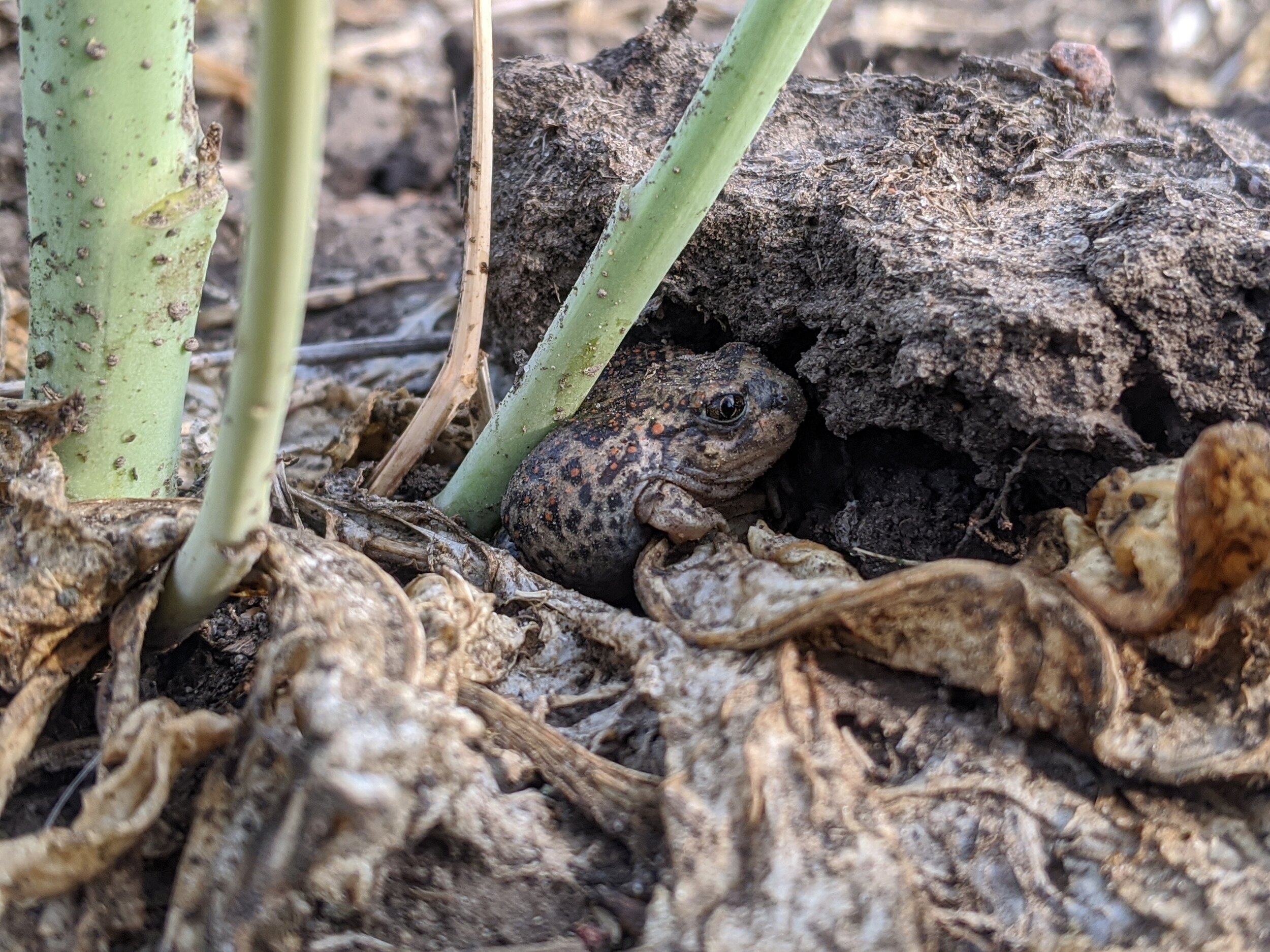Ord’s Kangaroo Rats – Alberta’s Nocturnal Ninjas
Ord’s kangaroo rats are an amazing species, trust us, we could wax poetic for hours about their cute appearance and incredible adaptions. Instead, welcome
Bull Trout Conservation – ‘Tis the Season for Some Fish Squeeze’n!
For fisheries biologists, the month of September is an exciting one, as it marks the spawning season for many of Alberta’s Bull Trout populations.
Snakes in the Grass
Alberta’s grasslands are an iconic eco-region and productive both agriculturally and industrially. These rangelands are home to some of Alberta’s charismatic wildlife species like
Why Didn’t the Fish Cross Under the Road?
Alberta is home to more than 50 fish species, many of which complete lengthy migrations between wintering, feeding and spawning habitats. These migrations can
Hop to It: Working with Amphibians
Alberta is home to an impressive variety of flora and fauna. One of the fauna groups that often tends to get overlooked are amphibians.

